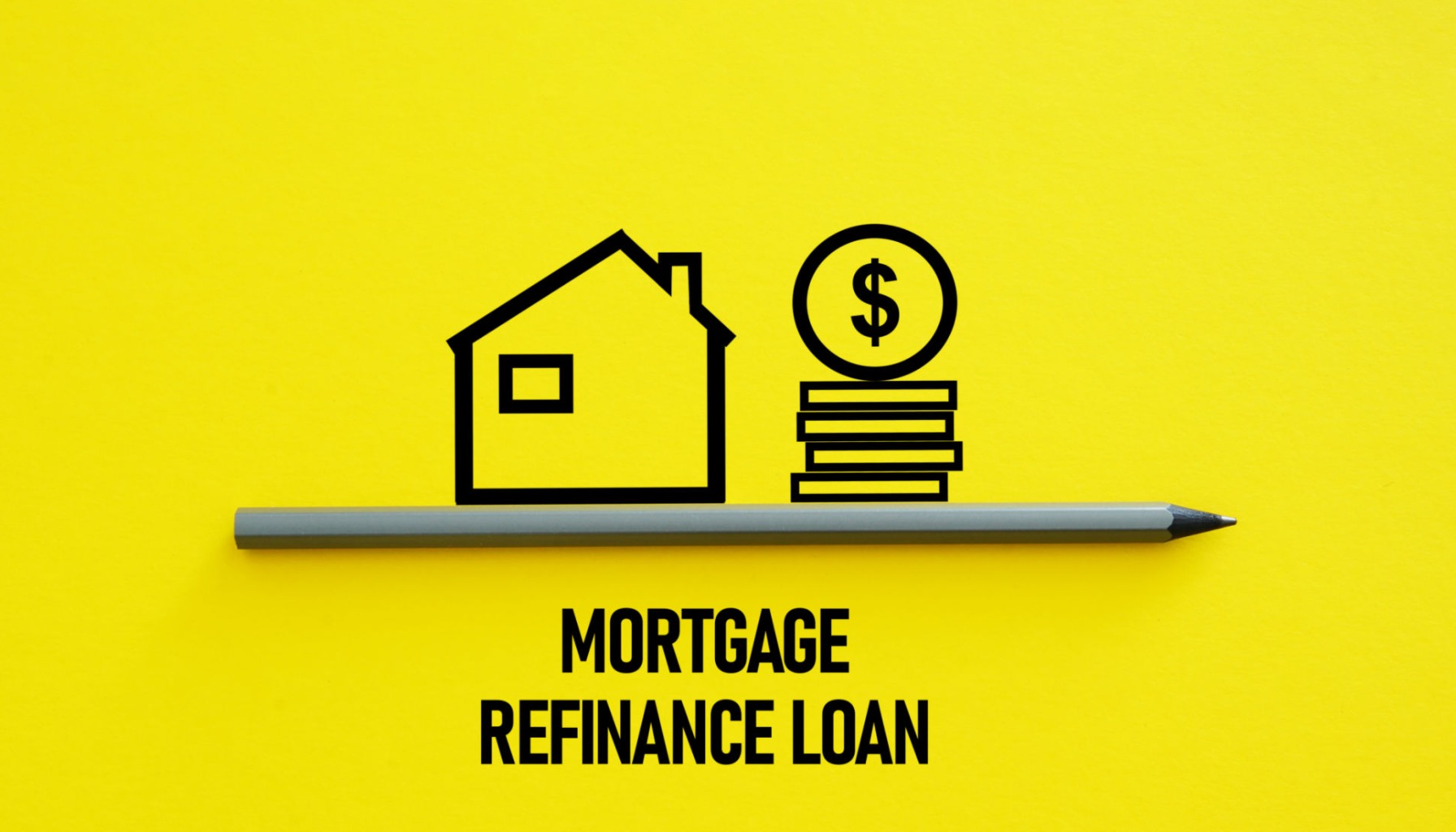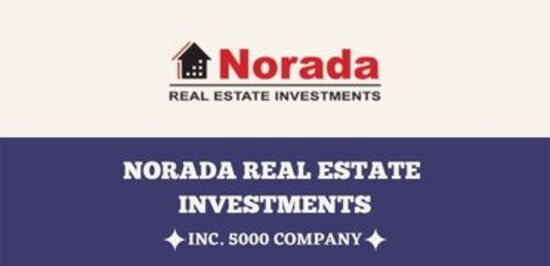If you're considering refinancing your mortgage, paying attention to the latest mortgage rates today is crucial, and the recent uptick is definitely something to note. Specifically, the national average for a 30-year fixed refinance rate has climbed up by 14 basis points over the past week, now sitting at 6.96%. This means if you were hoping to lock in a lower rate, the window might be narrowing a bit.
Mortgage Rates Today: 30-Year Refinance Rate Jumps by 14 Basis Points
What's Driving the Change? Unpacking the Latest Data
Let's dive a little deeper into what's happening. According to Zillow's latest figures, the average 30-year fixed refinance rate nudged up by 5 basis points from 6.91% to 6.96% on Thursday, October 30, 2025. But when you look back at the previous week, the jump is more pronounced: a 14 basis point increase from an average rate of 6.82%. This weekly change is a more significant indicator for those planning their refinance strategy.
It’s not just the 30-year fixed rate that’s moving. The 15-year fixed refinance rate has actually seen a slight decrease, falling 4 basis points from 5.73% to 5.69%. On the other hand, the 5-year Adjustable-Rate Mortgage (ARM) refinance rate has inched up by 6 basis points, moving from 7.32% to 7.38%. This mixed movement highlights that different loan types are reacting to market forces in their own ways.
What a 14 Basis Point Increase Means for Monthly Payments
Okay, so 14 basis points sounds like a small number, right? But in the world of mortgages, it can make a noticeable difference in your monthly payment. Let's break it down. If we consider a hypothetical mortgage of $300,000, an increase from 6.82% to 6.96% means your estimated monthly principal and interest payment would go up by about $20 to $25.
While that might not sound like a fortune, over the life of a 30-year loan, those dollars add up. It translates to hundreds, potentially even thousands, of dollars more you’ll be paying in interest. This is precisely why timing can be everything when refinancing. If you’re on the fence, this recent rise might be a nudge to consider acting sooner rather than later, especially if you believe rates will continue to climb.
Refinance Timing: Locking in Rates Before Further Hikes
The current climate makes me think a lot about when to make a move. One of the key events that likely influenced these rate shifts was the Federal Reserve's decision on October 29, 2025. They cut their benchmark interest rate by 0.25 percentage points, bringing the target range down to 3.75% to 4.00%. This marked the second consecutive rate cut by the central bank, which usually signals a move towards lower borrowing costs.
However, the narrative from Fed Chair Jerome Powell offered a dose of caution. He indicated that another rate reduction in December wasn't guaranteed, citing mixed economic signals and delays in data due to a federal government shutdown. This uncertainty can create a bit of a tug-of-war in the markets. While the Fed actions might aim to lower rates, other economic factors and investor sentiment can push them in the opposite direction.
For homeowners, this means we can't simply assume that the Fed's actions will immediately translate into consistently lower mortgage rates. The market is complex, and many variables are at play. My advice? If you've found a rate that works for you and improves your financial situation, don't wait too long hoping for a dramatic drop. Sometimes, “good enough” today is better than a gamble for “perfect” tomorrow.
Comparing 30-Year Fixed vs. 15-Year Refinance Options
As I mentioned, not all refinance rates are moving in the same direction. The fact that the 15-year fixed refinance rate has dipped slightly is interesting. This often happens when lenders view the shorter loan term as less risky.
- 30-Year Fixed Refinance: Offers lower monthly payments, which can be budget-friendly. However, you'll pay more interest over the life of the loan and build equity slower.
- 15-Year Fixed Refinance: Comes with higher monthly payments but significantly less interest paid overall. You'll build equity much faster, potentially owning your home free and clear sooner.
For instance, if you're refinancing a $300,000 loan:
| Loan Term | Hypothetical Rate | Monthly P&I Payment (Est.) | Total Interest Paid (Est.) |
|---|---|---|---|
| 30-Year Fixed | 6.96% | $1,991 | $416,760 |
| 15-Year Fixed | 5.69% | $2,287 | $111,660 |
Note: These are estimates for principal and interest only. Taxes, insurance, and fees are not included. Actual payments will vary.
As you can see, the 15-year option can save you hundreds of thousands in interest, but you need to be comfortable with that higher monthly outflow. The recent rise in the 30-year rate makes the 15-year option, with its lower interest rate, look even more attractive if you can swing the payments.
How Your Credit Score Impacts Your Refinance Rate Today
It’s impossible to talk about mortgage rates without bringing up credit scores. This is one area where you have direct control, and it directly impacts how much you'll pay. A higher credit score generally qualifies you for lower interest rates. Lenders see borrowers with excellent credit as less risky, and they reward that by offering better terms.
Generally speaking:
- Excellent Credit (740+): You'll likely qualify for the best available rates.
- Good Credit (670-739): You'll get competitive rates, but perhaps not the absolute lowest.
- Fair Credit (580-669): You might face higher rates or need to meet other conditions.
- Poor Credit (<580): Refinancing might be challenging without improving your score first.
Given that rates have been fluctuating, having a strong credit score is more important than ever. It's your leverage in negotiating the best possible refinance rate. If your score isn't where you want it to be, consider taking steps to improve it before applying. Even a small increase can translate to significant savings over time.
Recommended Read:
30-Year Fixed Refinance Rate Trends – October 29, 2025
The Role of Debt-to-Income Ratio in Refinancing
Beyond your credit score, lenders also scrutinize your debt-to-income ratio (DTI). This is a measure of how much of your gross monthly income goes towards paying your debts. It’s a big indicator of your ability to manage new monthly payments, including a refinanced mortgage.
Lenders typically like to see a DTI of 43% or lower, though some may go up to 50% under certain circumstances. Your DTI is calculated by dividing your total monthly debt payments (including your potential new mortgage, car loans, credit card minimums, etc.) by your gross monthly income.
For example, if your gross monthly income is $7,000 and your total monthly debt payments would be $3,000 after refinancing, your DTI would be about 42.8%.
If your goal is to refinance, and you're seeing rates creep up, now might also be a good time to look at your existing debts. Paying down credit cards or other personal loans can lower your DTI, which not only makes you a more attractive borrower but can also help you qualify for better refinance terms.
Looking Ahead: What to Expect
The recent mortgage rate rises are a gentle reminder that the market is dynamic. While the Fed is trying to navigate economic uncertainties, various global factors and domestic data points will continue to sway interest rates. For homeowners, the key is to stay informed, understand how these changes affect your personal financial situation, and act when the timing aligns with your goals and risk tolerance.
Personally, I believe it's wise to have a plan. Know your credit score, understand your DTI, and have a general idea of the rate you're aiming for. When rates are on the rise, having this preparation can help you make a quicker, more informed decision to secure a favorable refinance loan before potential further increases.
“Invest Smart — Build Long-Term Wealth Through Real Estate”
Norada's team can guide you through current market dynamics and help you position your investments wisely—whether you're looking to reduce rates, pull out equity, or expand your portfolio.
Work with us to identify proven, cash-flowing markets and diversify your portfolio while borrowing costs remain favorable.
HOT NEW TURNKEY DEALS JUST LISTED!
Speak with a seasoned Norada investment counselor today (No Obligation):
(800) 611-3060
Recommended Read:
- When You Refinance a Mortgage Do the 30 Years Start Over?
- Should You Refinance as Mortgage Rates Reach Lowest Level in Over a Year?
- NAR Predicts 6% Mortgage Rates in 2025 Will Boost Housing Market
- Mortgage Rates Predictions for 2025: Expert Forecast
- Half of Recent Home Buyers Got Mortgage Rates Below 5%
- Mortgage Rates Need to Drop by 2% Before Buying Spree Begins
- Will Mortgage Rates Ever Be 3% Again: Future Outlook
- Mortgage Rates Predictions for Next 2 Years
- Mortgage Rate Predictions for Next 5 Years
- Mortgage Rate Predictions for 2025: Expert Forecast



